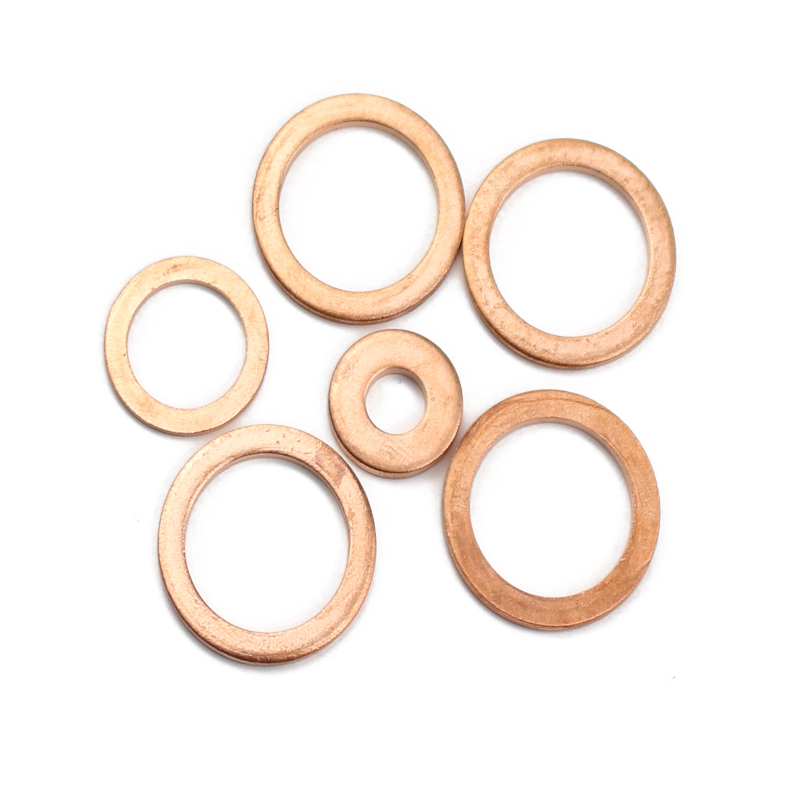Understanding the Function and Importance of Radial Oil Seals in Machinery
Understanding Radial Oil Seals A Comprehensive Overview
Radial oil seals, also known as rotary shaft seals, play a crucial role in a variety of mechanical systems by preventing the leakage of fluids while also keeping contaminants out. These seals are commonly used in automotive, industrial machinery, and hydraulic applications, making them an essential component for maintaining equipment integrity and efficiency.
At the core of any radial oil seal is its design, which typically comprises three main components the sealing element, the metal casing, and a spring. The sealing element, often made from elastomeric materials such as nitrile, fluorocarbon, or silicone rubber, is responsible for creating a tight seal around the rotating shaft. The metal casing provides support, structure, and durability, while the spring exerts a radial force on the sealing lip, ensuring a consistent and effective contact with the shaft.
One of the most significant advantages of radial oil seals is their ability to withstand various environmental conditions. They are engineered to handle a wide range of temperatures, pressures, and fluid types, including oils, greases, and other lubricants. This versatility allows them to be used in diverse applications, from high-speed automotive engines to slower-moving industrial machinery.
radial oil seals

The installation of radial oil seals is a critical process that requires precision. Proper alignment and adequate lubrication during installation are essential to prevent damage to the seal. An improperly installed seal can lead to premature failure, resulting in costly downtime and repairs. Therefore, it is important to follow manufacturer guidelines and best practices when installing these components.
Maintenance is another crucial aspect of ensuring the longevity of radial oil seals. Regular inspections can help identify signs of wear or damage, such as cracks, deformation, or leaking fluids. Early detection of these issues can prevent more significant problems down the line, including equipment failure or environmental contamination.
In recent years, advancements in materials and manufacturing processes have led to the development of more robust radial oil seals. Innovations such as enhanced lubricants, improved sealing lip designs, and integrated protective features have expanded their applicability and performance. This progress has allowed industries to push the boundaries of machinery design, enabling higher speeds and efficiencies in various applications.
In conclusion, radial oil seals are indispensable components in many mechanical systems. Their ability to prevent fluid leakage and contamination under a variety of conditions makes them vital for the reliability and performance of equipment. By ensuring proper installation and maintenance, industries can harness the full potential of these seals, reducing downtime and enhancing operational efficiency. As technology continues to evolve, the future promises even more advancements in the design and functionality of radial oil seals, further enhancing their essential role in modern machinery.
-
The Ultimate Guide to Building a Car Repair Kit Every Driver Should Own
News May.09,2025
-
The Essential Guide to Oil Filter Gaskets and Housings in Engine Maintenance
News May.09,2025
-
The Complete Guide to Oil Pan Gaskets for Honda B-Series and Automatic Transmissions
News May.09,2025
-
How to Identify and Repair Oil Housing Gasket and Seal Leaks
News May.09,2025
-
Everything You Need to Know About Oil Pan Gaskets and Replacements
News May.09,2025
-
Everything You Need to Know About Changing Oil Filter and Adapter Gaskets
News May.09,2025
-
Understanding Marine Bearings: The Key to Smooth Sailing and Safe Trailering
News May.08,2025
Products categories















